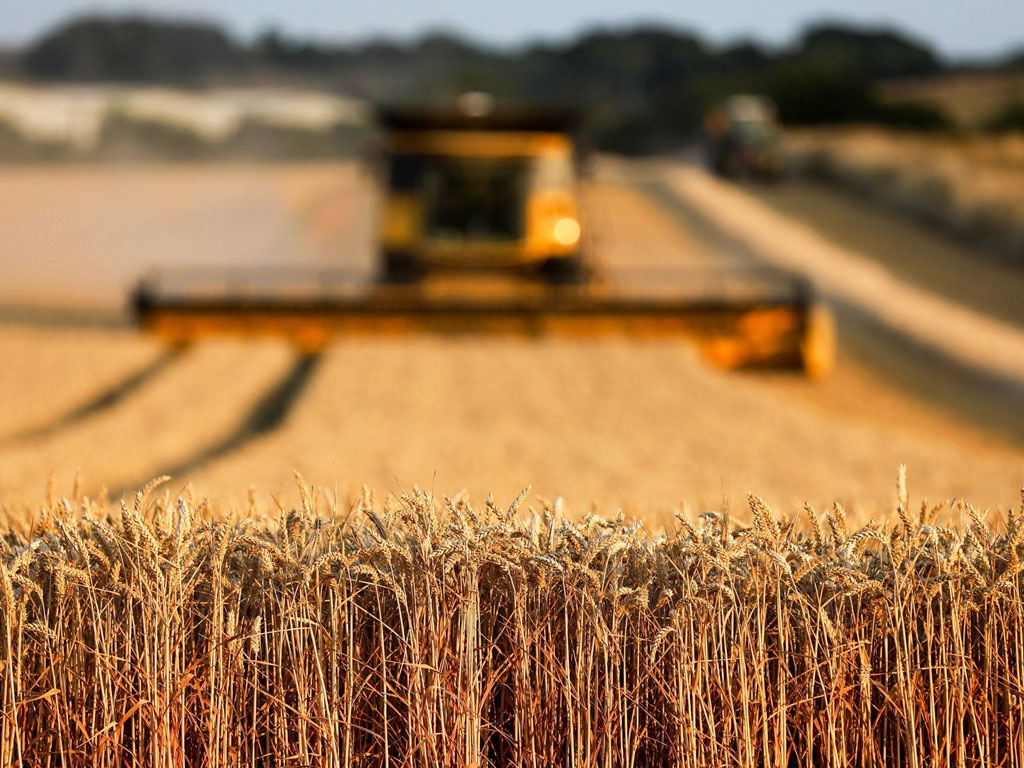Agri credit

Banks disbursed 1.1174 trillion rupees to the agriculture sector in 2018-19 against the target of 1.25 trillion rupees, according to data released by the State Bank of Pakistan (SBP). This reflected a rise of 20 percent in comparison to the year before and more importantly from the perspective of expanding the outreach the number of farmers availing credit rose by 8 percent in comparison to the year before. The SBP website claims credit for these numbers and stated that it "adopted a multifaceted strategy and made concerted efforts for pursuing a massive agricultural credit target which included sensitizing banks to adopt agricultural financing as a viable business line, exploring new avenues of financing, value chain financing, mobilising e-credit, warehousing receipt financing, implementation of crop/livestock insurance and credit guarantee scheme for farmers, etc."
Disturbingly, the SBP failed to highlight the result of this increase in credit on crop output and, of greater relevance, on raising the yield per hectare given that Pakistan has the lowest yield when compared to other countries in the region (barring Afghanistan). As per the Economic Survey 2018-19, major cash crops suffered a decline in output as "production of cotton, rice and sugarcane declined by 17.5 percent, 3.3 percent and 19.4 percent...the performance of agriculture remained subdued. It grew by only 0.85 percent against the target of 3.8 percent; the underperformance of agriculture sector hinged upon reduction in the area of cultivation, lower water availability and drop in fertilizer off-take." And poor weather conditions, a factor that post-dated the publication of the Survey, accounted for a further shortfall in the crop output targets set.
The oft raised issue by farm sector experts is that the reason for the wide disparity in the yield per hectare of rich and poor farmers is that the former have access to credit while the latter are subsistence farmers with little or no liquidity as well as little or no education to take advantage of technology developments that can raise their yield per hectare. And in years when governments made credit available to poor farmers at rates well below those applicable to their richer counterparts, it has been invariably hijacked by the rich farmers. The budget for the current year envisages 100 million rupees as credit guarantee scheme for small farmers (a small amount given the large number of subsistence level farmers in this country), the same amount as was budgeted last year though it remained undisbursed. One would have to wait and see if in the current year the budgeted amount is actually disbursed.
Be that as it may, the Imran Khan-led administration is, as per the relevant minister, making utmost efforts to assist farmers by providing inputs at affordable prices. Input prices have risen dramatically in the past two months due to the raise in gas and electricity tariffs attributed to conditions agreed with the International Monetary Fund under the ongoing Extended Fund Facility programme. The budget for the current year also envisages a subsidy to PASSCO specifically for wheat (our staple) including: (i) wheat operation (2 billion rupees); (ii) wheat reserves stock (five billion rupees); and (iii) wheat supplied to Gilgit-Baltistan (8 billion rupees) and reimbursement on account of donation of wheat by the government (500 million rupees.)
Recently, Jehangir Tareen announced 290 billion rupee farm sector-specific projects (to be funded jointly by the federal and provincial governments with the Sindh government not supporting the projects) though farmers have complained that by not including any cotton-specific projects he has done a disservice to the farm community in general and the country in particular as cotton's contribution to overall exports is significant.
To conclude, there is an urgent need for the government to formulate a farm policy focused on raising yield of all crops as without that, a rise in agriculture credit alone without the needed support measures such as use of mechanization, quality seeds, water availability and proper use of fertilizer and pesticides is not likely to make any meaningful difference.





















Comments
Comments are closed.